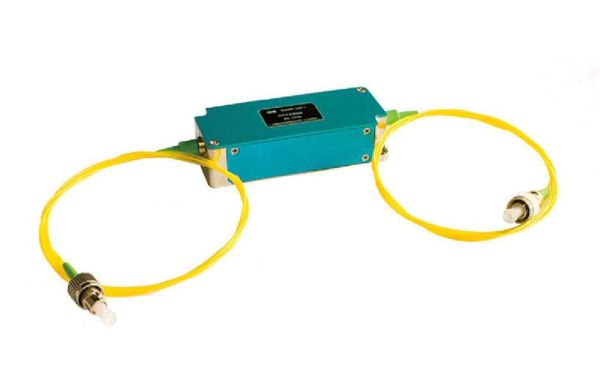Selecting the optimal AOFS for your application requires careful consideration of several factors to ensure it meets your needs and performs effectively. Here's a detailed breakdown of the key aspects to keep in mind:
1. Light Source Compatibility
- Center Wavelength:As AOFS operate within specific wavelength ranges, compatibility with your light source (laser) is crucial. Match the center wavelength of your laser to the operational range specified for the AOFS. Mismatched wavelengths can significantly reduce frequency shifting efficiency and lead to degraded performance.
- Optical Power Handling:AOFS have varying capacities for handling the power level of the light beam. Choosing an AOFS that can accommodate the power level of your laser source is essential. Operating an AOFS beyond its power handling capabilities can damage the device or lead to unreliable performance. Consult the manufacturer's specifications for the AOFS's maximum optical power rating.
2. Frequency Shifting Requirements
- Desired Frequency Shift Range: The AOFS's frequency shifting range determines the extent to which it can adjust the light beam's frequency. Consider the range of frequency shifts you need for your application. For example, if you need to tune a laser precisely for spectroscopy, a high-resolution AOFS with a small minimum shift might be ideal. Conversely, for applications requiring larger frequency adjustments, an AOFS with a wider shifting range would be more suitable.
3. Performance Characteristics
- Optical Efficiency: High optical efficiency ensures minimal light loss during the frequency shifting process. This translates to a stronger output signal at the desired shifted frequency. Look for AOFS models with high optical efficiency specifications, often expressed as a percentage of input light power transmitted to the desired output.
- Bandwidth: The AOFS bandwidth refers to the range of frequencies within the desired shifting range that it can efficiently handle. A wider bandwidth allows for more flexibility in modulating the light frequency. Choose an AOFS bandwidth that encompasses the range of frequency shifts you might require within your application.
- Response Time: The response time signifies how quickly the AOFS can respond to changes in the electrical signal driving the sound wave. This is crucial for applications requiring rapid frequency modulation of the light beam. For tasks involving fast signal processing or pulse shaping with AOFS, a model with a fast response time is essential.
4. Additional Considerations
- Beam Quality: Consider the impact of the AOFS on the beam quality of your light source. Some AOFS models might introduce slight beam divergence or distortion. Evaluate the AOFS's specifications for beam quality parameters like divergence or wavefront distortion to ensure they meet your application's requirements for a clean and well-defined light beam.
- Ease of Use and Integration: The AOFS's form factor, packaging, and driver electronics can influence its ease of use and integration into your system. For some applications, a compact and user-friendly AOFS with readily available driver electronics might be preferred.
- Cost and Availability: AOFS prices can vary depending on their capabilities and features. Consider your budget constraints alongside the technical requirements. Additionally, check the availability and lead times for the AOFS model you're considering.
By carefully evaluating these factors and matching them to your specific application needs, you can make an informed decision when choosing the most suitable Acousto-Optic Frequency Shifter for your project.








